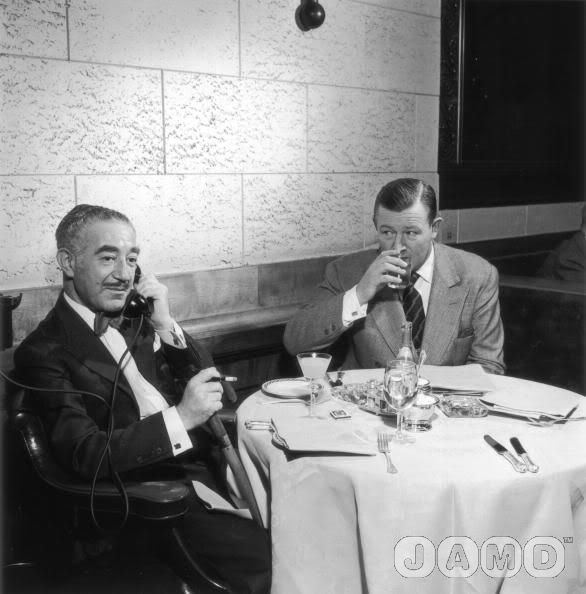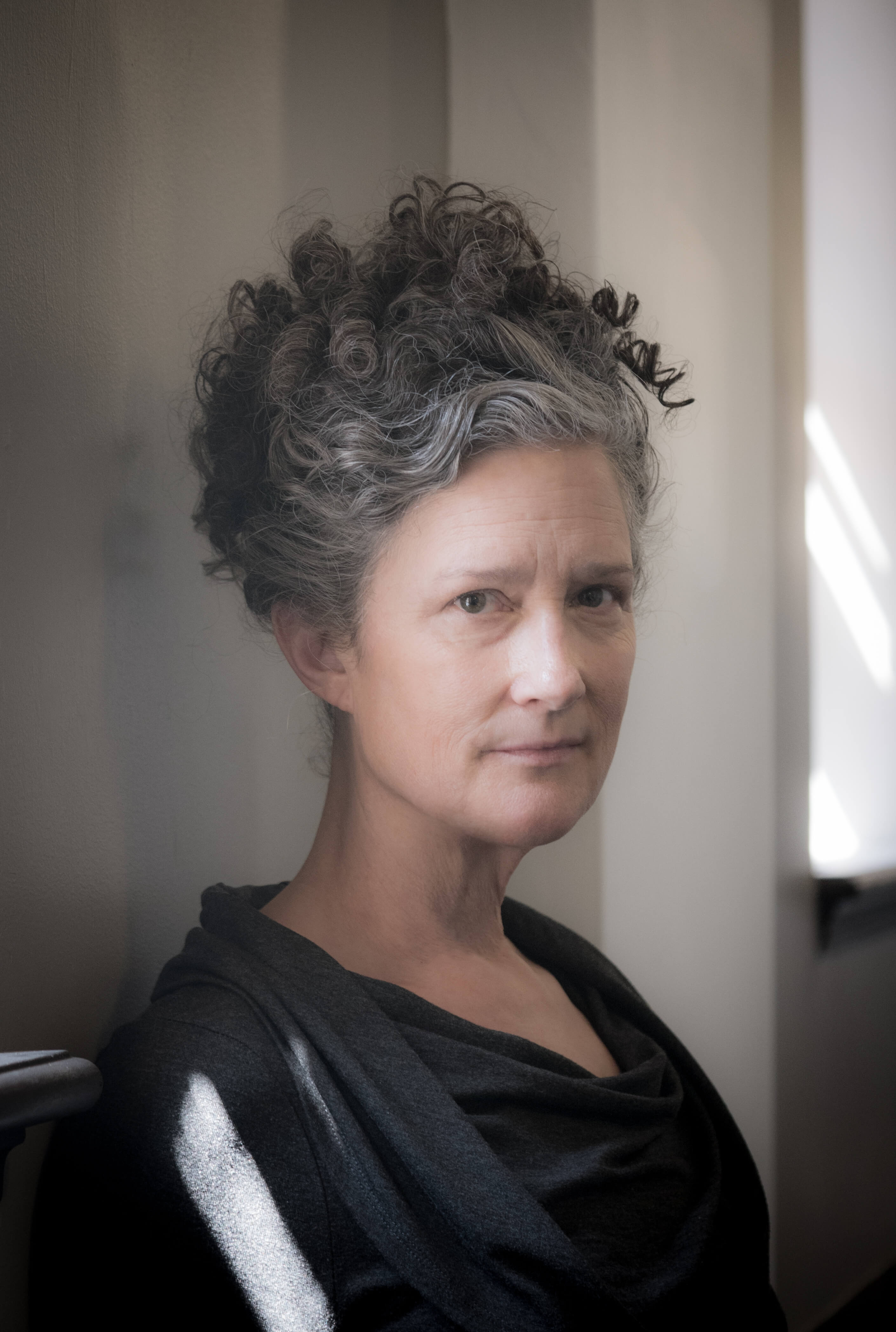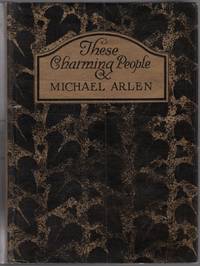In This LitStack Rec:
These Charming People, stories by Michael Arlen
In the period just after World War One, what was known as the fast set became a fascination for some English writers. The Bright Young Things of the 1920s—decadent young people whose disillusionment with the Great War caused old ideas about society and customs to fall away—paved the way for the Modernist era. As social attitudes shifted, the drift turned to one of decadence and bohemianism as tradition was cast off for living purely in the moment.
One setting of this upheaval was London’s West End, and the tony Mayfair and Belgravia districts—epitomized in Henry Green’s Party Going and Evelyn Waugh’s Vile Bodies, novels that proved to be a powerful influence not only upon English writers, but Americans too, Fitzgerald and Hemingway among them. A significant chronicler of the time was Michael Arlen, a writer who along with Green and Waugh, wrote of the period’s disaffected youth, and was as widely read and perhaps more widely known in his time than either.
Arlen’s works have since mostly fallen into obscurity, but in his day, he appeared on the cover of TIME, and on a visit to Chicago warranted front page coverage in the Daily News. This notoriety was based largely on a 1923 bestselling novel, The Green Hat, which sold over 185,000 copies and was adapted for a film starring Greta Garbo. The novel remains Arlen’s best-known work, but the book that came before, a collection of stories titled These Charming People, is what really cemented his career. Together, the two books brought Arlen fame, money, and a life not unlike his well-heeled subjects. Arlen had the same Hispano–Suiza and driver, the same bespoke suits, the luncheons at the Ritz and summers in Nice.

And yet, Arlen was far from the British upper classes of his stories. Born Dikran Kouyoumdjian in Rustchuck, Bulgaria, the son of an Armenian merchant, his family arrived in England as refugees following the Turkish massacres of 1915. Though educated in English schools, Dikran remained an outsider, disowned by his family after announcing his intent to be a writer—and even after he became established was never fully accepted. Early in his writing career, Dikran became Michael Arlen, and despite becoming a British citizen in 1922, was still subject to the scrutiny of being other—once described by a contemporary as “the only Armenian who never tried to sell me a carpet.”
Because he was an outsider, Arlen captured something of Mayfair his colleagues did not. The stories in These Charming People have a sense of time and place, a mood and wry wistfulness, and a weary decadence that recall Fitzgerald (a writer Arlen was often compared to, and whom Fitzgerald himself read and admired). These Charming People conveys the charmed existence that came with life in the fast lane of London in 1920s, while drawing out the inevitable disappointments, failures, and darknesses. The stories center on privilege, the shedding of old identities, failed romance, the high life, and an unpredictability that strikes down lives, love affairs, and ambitions. The best known story here, “When a Nightingale Sang in Berkeley Square,” inspired a nostalgic anthem of the war to come. In 1939, two songwriters under deadline, Eric Maschwitz and Manning Sherwin, hammered out the words (borrowed from Arlen’s story) and music to the World War Two classic in a single afternoon.
Though the collection’s prolix subtitled has since been dropped, These Charming People does indeed qualify as Being a Tapestry of The Fortunes, Follies, Adventures, Gallantries and General Activities of Shelmerdene (that lovely lady), Lord Tarlyon, Mr Michael Wagstaffe, Mr Ralph Wyndham Trevor and Some Others of Their Friends of the Lighter Sort. The principal characters of that subtitle show us London’s Piccadilly, lunches at Claridge’s, dresses of bronze crepe marocain. In this rarefied world, there are marriages rocked by doomed affairs, writers who can’t write holed up in rooms on Yorkshire estates, and destitute ghosts who haunt alleys between expensive houses.

And if at times the stories seemed trapped in their era, Arlen’s voice brings a specificity of character that lets us inside, and does so in a tone that at times sounds perfectly contemporary:
‘Champagne is indicated,’ said Antony; and that indication led us to the dining room—a long, oak-paneled room at the back of the house. The curtains were not drawn across the two French windows, which gave out to a lawn sloping carelessly down to the water of Regent’s Park; and in the second in which Antony fumbled for the electric switch the dark shapes of the trees looked like the van of an impenetrable forest. But dark shapes of trees always look more or less like that.
And if the outcomes in Arlen’s stories are at times oblique, his style is expansive and even lyric. He has an eye for detail, surprising sentence structure, and an appreciation for a quip. Early in the collection, the narrator announces:
This story, my dear, begins with me. All my stories do, though they generally end with some one else; that is called making a mess of one’s life.

in an undated photo, likely NYC, c. 1940s
Despite the success and wealth that came with These Charming People and The Green Hat, Arlen was unable to duplicate their success. He spent a final, somewhat bleak, decade in New York, where for a time he wrote popular horror fiction. There are harbingers of that period in These Charming People, in its ghosts and inexplicable events. But at the end of his life, Arlen was unable to write at all. In a memoir of his father, the author’s son, also named Michael, wrote of his father’s nocturnal pacing in their library, and the writing paper on the desk that each night remained “still neatly stacked and unmarked.”
—Lauren Alwan
Other Books by Michael Arlen, and his son Michael J. Arlen
The Stargazer’s Sister, by Carrie Brown
The Stargazer’s Sister is a beautifully written historical novel about Caroline Herschel, the German astronomer who lived from 1750 to 1848, sister of acclaimed astronomer William Herschel.
She was the first woman to be paid for her contribution to science, and the first to be awarded a Gold Medal of the Royal Astronomical Society (in 1828). In 1835, she was one of the first two women named as Honorary Members of the Royal Astronomical Society, and in 1838 she was named an honorary member of the Royal Irish Academy. On her 96th birthday, she was given a Gold Medal for Science from the King of Prussia. But this is not what the novel is about – not really.

Instead, The Stargazer’s Sister is a very intimate narrative of Caroline – known to friends and family as “Lina” – as she moves through a most extraordinary life. Unlike other historical dramas, though, Caroline was not caught up in political intrigue, social upheaval or civil strife. Instead, what makes author Carrie Brown’s novel so compelling is how she tells Caroline’s story from the inside out, focusing on the fortitude of a woman whose earthly world seemed so small and yet whose life reached out to the heavens.
What I found most gripping was how Caroline’s contributions to science, both her own and in the support she gave her brother, could have so easily have gone unrealized. As a child, she was tasked with the household work in a large but faltering family. Stunted by a bout of typhus that also left her face horribly scarred, Lina was judged unmarriable by her emotionally distant mother, and instead of being given an education, was trained as a house servant. It was only when Lina’s kind-hearted but ineffectual father would clandestinely include her in her brothers’ lessons that she learned anything beyond the drudgery of constant chores.
If not for William, Caroline’s story would have ended there. Twelve years her senior, William was Lina’s quiet champion. Interested in astronomy at an early age, William had a brilliant mind as well as great musical skill – the son on whom the family had pinned their hopes. He was kind as well as inquisitive, often taking little Lina with him on walks to gaze up at the stars; he would talk to her about scientific principles and philosophies, never telling her that she was stupid or clumsy or ugly. But when Lina was seven, William fled to England to avoid charges of deserting German military service.
It would take fifteen years for William to make a life for himself, but once he had the means he brought Lina to England where she paid him back by running his household and assisting him in his scientific endeavors. As time went on, Lina realized that she, too, was able to comprehend the heavens, and, while still fulfilling her self-imposed obligations, she scanned the skies to see what she might find.
There is so much that is wonderful in The Stargazer’s Sister. Lina’s story is told in such a lyrical style that you immediately get the sense of a character who harbors within herself the capacity to transcend circumstances, even from her dismal beginnings in Hanover. Yet there is no overt foreshadowing of greatness to come; the realization of who Lina is, is gleaned from how her mind works, not in declarations and witticisms. Her progression from frightened child to timid young woman, and then blossoming under the sustenance of being needed and appreciated to maturing into a free thinker in her own right unfolds with just the right touch of pathos and erudition.
Additionally, the sense of time and place in The Stargazer’s Sister is beautifully rendered; the people, conventions, settings, are marvelously presented and come alive without need of meticulously recounted detail – the nuance Ms. Brown uses is so evocative that you don’t even have to stop to envision the environs swirling around Lina, they simply coalesce in the mind’s eye. Lina’s thoughts, the way her mind wanders and draws conclusions, what she expects and accepts as the way things are is not maddening, not confounding, but eye opening. It’s masterfully done.
The narrative does at times move more slowly, a convention that mirrors the times being portrayed. There was so much more time for reflection three hundred years ago than there is now! For all the advancements of our modern life, how often do we stop and look up at the stars? After reading The Stargazer’s Sister, I’ve found myself doing that more often – and marveling at the life of Caroline Herschel. I’m so glad that this novel allowed me to make her acquaintance.
—Sharon Browning
Other Books by Carrie Brown
Other LitStack Resources
Be sure and check out other LitStack Recs to find books we recommend you should read. Also take a look at other articles by Lauren Alwan, and Sharon Browning.



